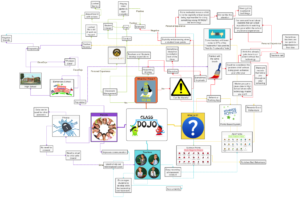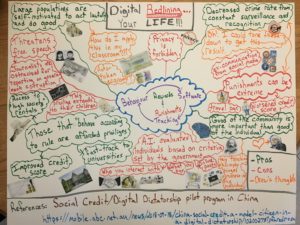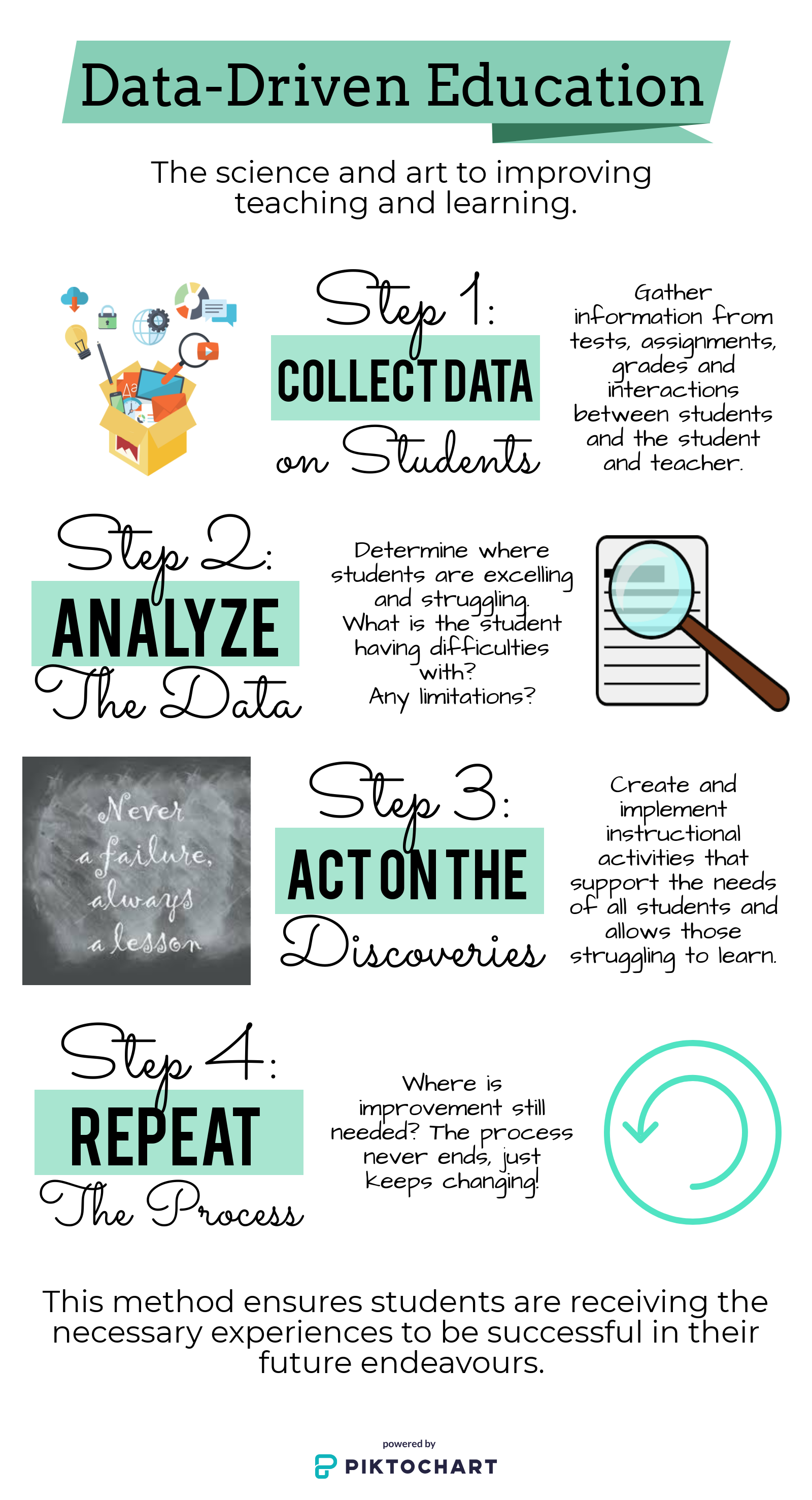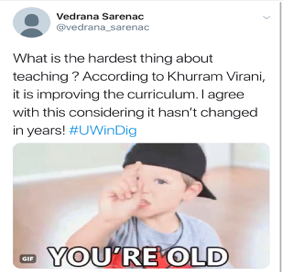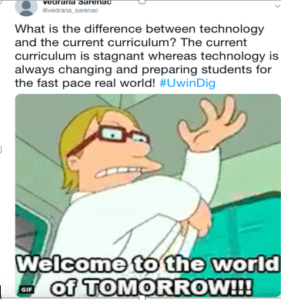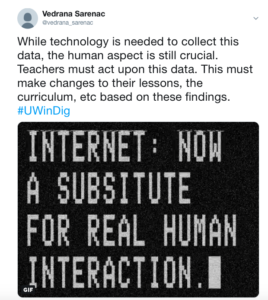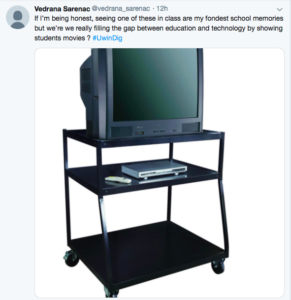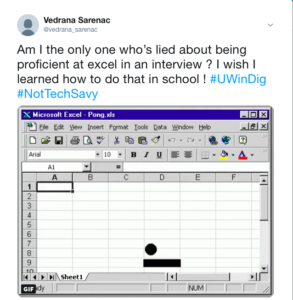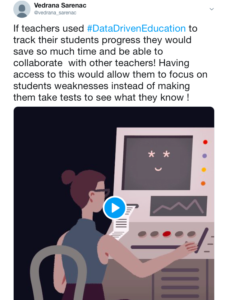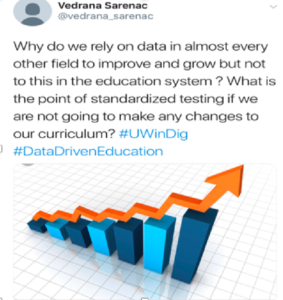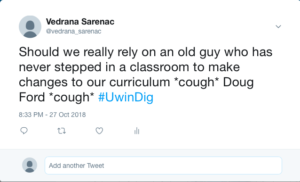Hello,
I decided to create a ‘Powtoon‘ based on the article titled ‘Digital Redlining, Access, and Privacy‘ by Chris Gilliard and Hugh Culik.
This was my first ‘Powtoon’ attempt and so I ran into a few problems along the way. As with anything, it took a bit of time to get the hang of the program. I still have not explored all of the templates that the program has to offer, but I became quite familiar with the ‘student’ option which I used in my creation.
I began by clicking around on the slides, trying to figure out what my options were. I saw that I could click on the character and customize their identity and emotions. I also had no problem clicking on the text and customizing it to fit my lesson. I found this to be very similar with other typing programs that I have used such as ‘Microsoft Word’ or ‘Notepad’. I adjusted the font, text colour, size, and placement of text boxes to create the desired aesthetic of my slide show.
What I was really interested in was adjusting the animations, their placement, speed of my slides, and other effects that ‘Powtoon’ has to offer. To do this, I needed to google my questions and read a short blip on the proper ‘Powtoon’ commands required to perform these maneuvers. It really was quite simple. I thought afterwards that it would have been faster to click around some more until I figured it out for myself. Once I understood how the timing bar along the bottom of the slideshow functioned, I went to work and created my so-called masterpiece.
In their article, the authors describe the history of redlining, explain digital redlining and discuss the implications that it can have on a student’s future. I found it interesting to read about redlining because it’s something that I didn’t even know existed until reading this article. Since the implications of redlining have been laid out so clearly, I’m glad that I have a chance to reflect on the issue myself.
This article makes me wonder about how often I have been affected by redlining in the past without realizing it. How has digital redlining affected my decision making? These are questions that I will never have the answer to, but will have caused permanent changes in my life and thinking process. Going back to the article, the filtering of search results will essentially hinder a student’s learning potential. They will be unable to research undesirable or taboo subjects which will give students a false understanding of the world around them. Also, who decides what should be filtered? This arbitrary policy leaves room for political or other hidden agendas to manifest themselves into the institution’s framework.
As for the discrepancy of digital redlining between R1 and community colleges, there must be an underlying reason for it. As the authors explained, the digital redlining imposed upon working class students will deter them from open-ended inquiry, which is supported by the more elite institutions. Assuming that every college wants their students to be successful—to graduate and obtain a job in their respective field—a different approach to teaching will be required for different career choices. Some jobs require more cognition and innovation from their employees than others. These jobs will generally be sought after through R1 schools. Community colleges probably have more success if they limit their student’s research to relevant material.
However, just because digital redlining may better prepare students for certain jobs, does that make it ethical to implement? Probably not.
Moving forward, into a classroom of my own, I want to make my students aware of digital redlining. There really isn’t anything that I can do about it, but the concept is important for students to understand. Perhaps as part of an assignment, I could have students gather research on a topic of their choosing, using different search engines, with and without the influence of Acceptable use Policies (AUPs). As a follow up, a class discussion on the issue would be interesting to see how the students feel about digital redlining encroaching on their freedom.
In conclusion, I am feeling violated, knowing that my digital freedom has been censored beyond my knowledge for all these years. It really makes me wonder how my thoughts have been affected by the covert barrier known as digital redlining.
David Meloche


